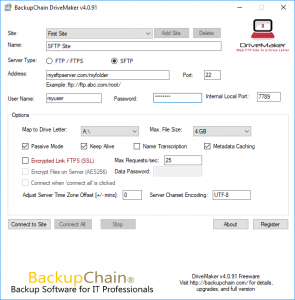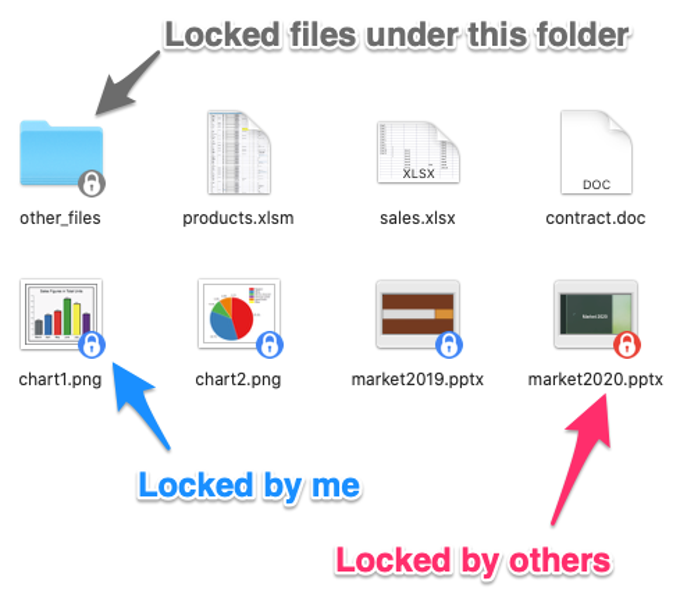

Fuel cells are favoured in cases where there is no overhead line at all or where there are gaps of 80 kilometres or more. In principle, batteries represent a good solution for infrequently used lines with gaps in the catenary not exceeding 40 to 80 kilometres.The study distinguishes between two solutions for on-board provision of the required energy: a large lithium-ion battery that can be charged by means of pantographs via the overhead line, and a fuel cell that converts the energy held in hydrogen into electricity.The study therefore focuses on purely electric drive solutions as the most sensible alternatives to diesel engines.The decision to decarbonise transport by 2050 means that hybridisation of diesel vehicles would represent an unsatisfactory and above all expensive interim solution.In addition, the lengthy planning approval procedures and the infrastructure construction companies' lack of capacity make it more or less impossible to reach the 2050 target.

However, complete electrification of these branch lines would cost at least 11.5 billion euros. Roughly 2,900 diesel multiple units are in operation on the remaining 17,000 kilometres, some of them with exhaust systems which have been in use for decades. The German railway network covers about 40,000 kilometres, only 23,000 kilometres of which are electrified with overhead lines. As an alternative to the LTO-based solution, the study draws attention to a battery technology that meets the requirements at both the battery system and cell levels.They are also expensive in comparison to the technologies used by car manufacturers. However, cells of this type have relatively low energy densities. The exacting railway requirements can be met very well by lithium ion cells with anodes consisting of lithium titanate (LTO).The VDE examines which of the battery technologies and cells currently available are suitable for use in multiple units, and highlights the major development trends up to 2030 and beyond.The requirements placed on traction batteries are correspondingly stringent with regard to charging and discharging currents, safety, low-temperature performance, operating time and cycle stability. There are highly exacting demands on the reliability and quality of multiple units, as they are expected to provide more or less 24-hour service (usually on a tight schedule) for up to 30 years.



 0 kommentar(er)
0 kommentar(er)
